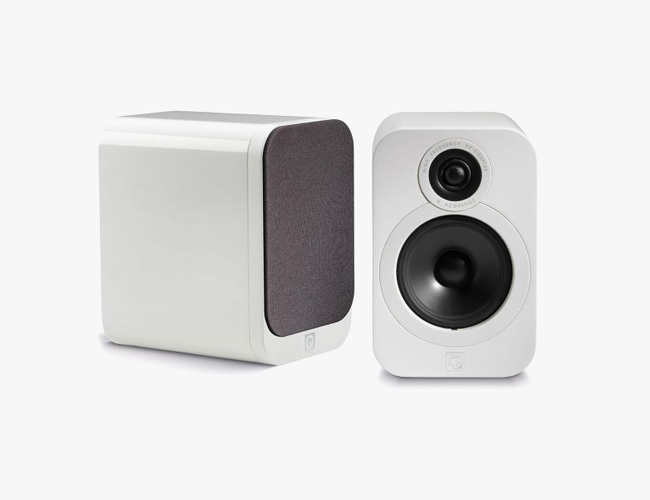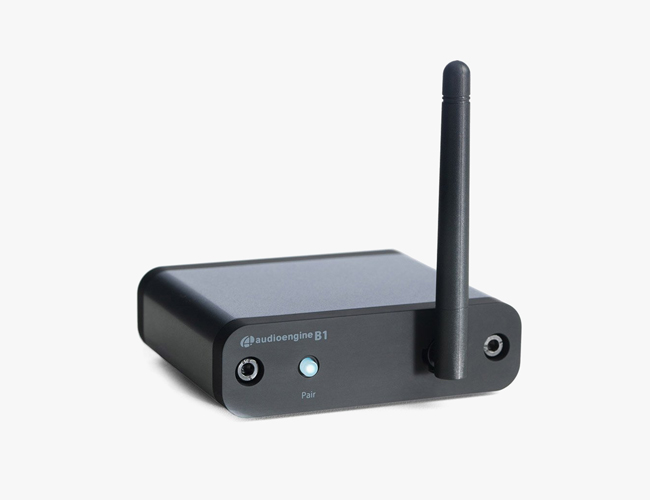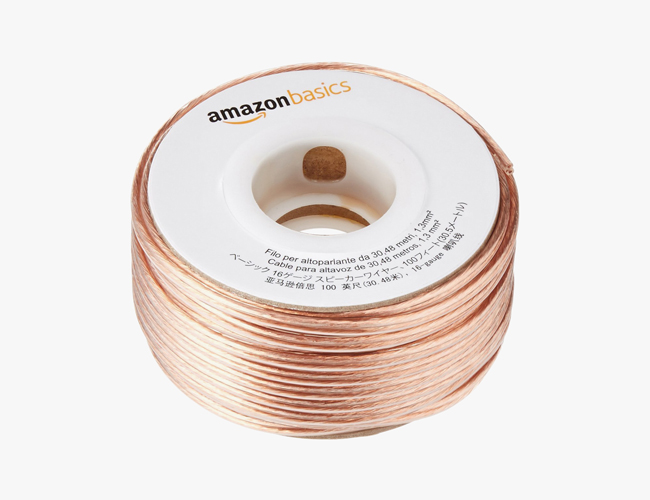From Issue Six of Gear Patrol Magazine.
Discounted domestic shipping + 15% off in the GP store for new subscribers.
Maybe it was a hand-me-down, maybe it was a spur-of-the-moment eBay grab, or maybe it was just a score from that hipster-approved flea market. Whatever the case, you’ve suddenly found yourself the proud new owner of a sweet vintage stereo — perhaps a natty-looking receiver like the gorgeous one pictured here, a Sansui G-7000, circa 1979.
It may only have half the features of that crap iHome clock you’re still using even though it only charges an iPod Nano, but who cares? You’re better than that — and who can argue with swaths of brushed aluminum or the feel of a proper volume knob? So with that said, welcome to your next Saturday project.
The upside to vintage audio gear is that if it works, well, it works — even when it’s going on 40 years old. With a few simple add-ons, you can modernize many vintage stereos to work wirelessly and easily with your iPhone and favorite music app. It’s a perfect union: audio pedigree, vintage-era modern design and convenience. Boiled down, it’s got style.
To start, let’s presume you’ve scored a receiver. (If you haven’t, look to eBay, local shops and Audiogon.) A receiver is what you see pictured here, and a common find for vintage scouters. Simply explained, a receiver is a stereo amplifier that includes a built-in AM/FM tuner and, usually, a few inputs to add other devices like a turntable, cassette deck or a CD player. The important thing to look for is a spare input, sometimes marked AUX, to ensure you can pipe in another music source. For the purposes of this project, we’ll skip past adding new components and focus on making it work with your phone.
Q Acoustics Bookshelf Speakers
These speakers deliver a great performance for the price — just Google them. We’re fans of the value they offer, and they look perfect in white. If you’re hunting for a bigger upgrade that ratchets up the audio quotient, look for a pair of SVS Ultras ($1,000 for a pair). They’re beautifully designed and boast outstanding performance.
Audioengine B1 Premium Bluetooth Music Receiver
Just plug this little box into your receiver via the included audio cables, turn it on, press a button to sync your phone, tablet or computer via Bluetooth, and that’s it. Note that depending on your receiver you may need to use an adaptor that steps down your stereo audio cables into a single 3.5mm (headphone-size) jack. If the price is too steep, save some money by looking for Monoprice’s Bluetooth Streaming Music Receiver, which accomplishes the same function for just $50 bucks.
AmazonBasics 16-Gauge Speaker Wire
Don’t believe the hype around expensive speaker cables. There’s a time and a place for them, but not here. Most setups simply require regular 16-gauge speaker wire to get up and running. We like Amazon’s own house brand, which is fantastically priced.







